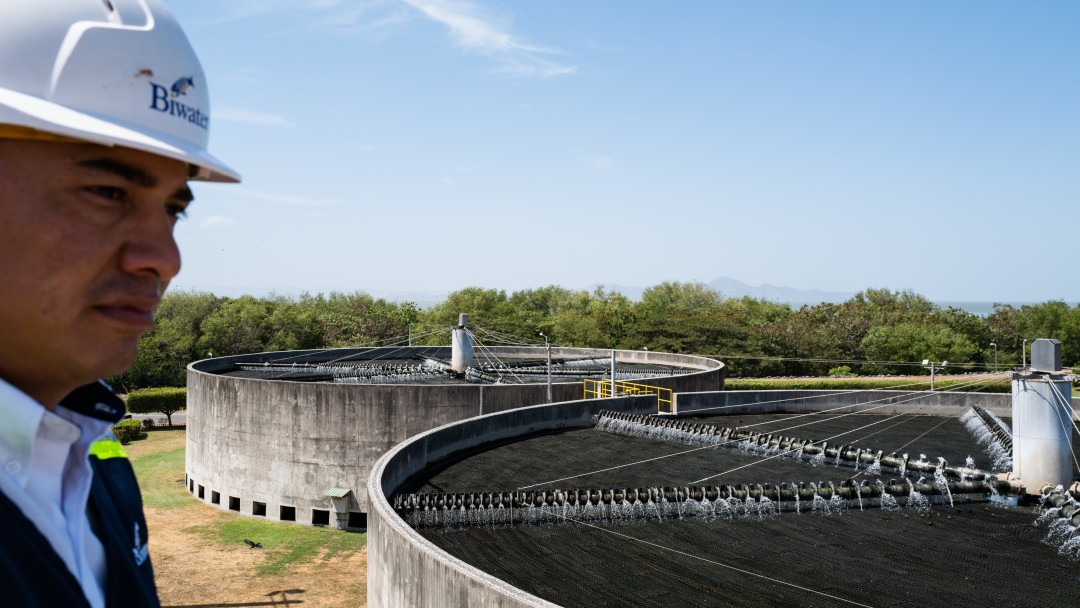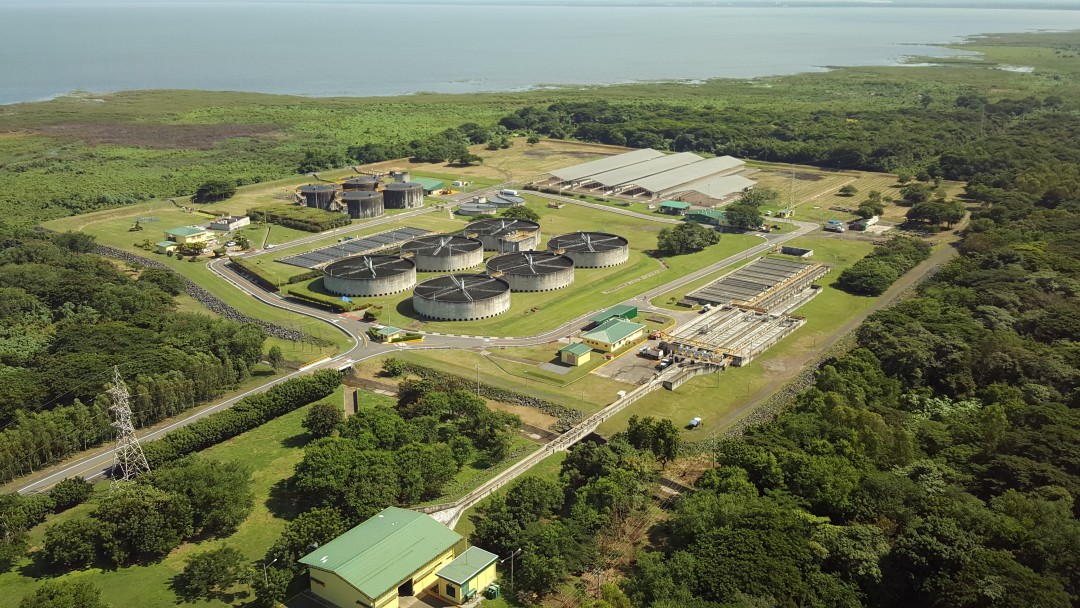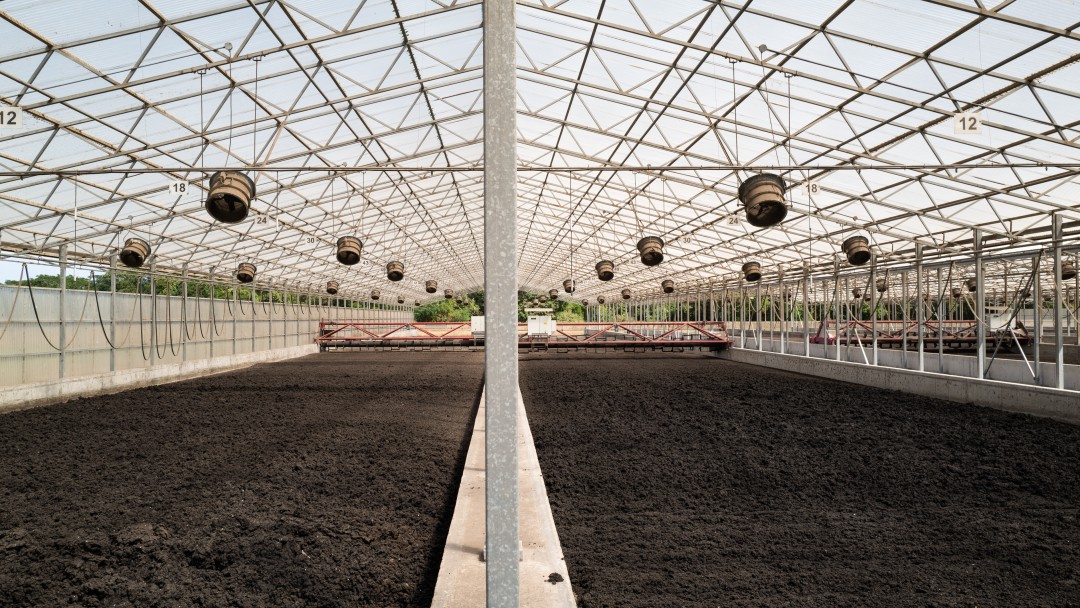News from 2020-03-20 / KfW Development Bank
Lake Managua – from a cesspool to a recreational area

Lake Managua, also called Lago Xolotlán, is one of two large freshwater lakes in Nicaragua. It is nearly 60 kilometres long and up to 32 kilometres wide. The capital Managua, with more than one million inhabitants, is situated on its banks. For a long time, untreated wastewater from households and industry was discharged into the lake. As a result, the lake was considered biologically as good as dead. The environment was uninhabitable – including due to the terrible stench – and the livelihoods of the fishermen were endangered.
With support from German Financial Cooperation, work began in 2004 on the construction of a wastewater treatment plant, with KfW Development Bank contributing a total of EUR 26 million in federal funds on behalf of the German Federal Government. The plant was inaugurated in February 2009 and now filters 160,000 cubic metres of wastewater every day, benefiting around 780,000 residents. Within two years of the plant opening, the water quality of the lake had already improved considerably and the local fishing industry is recovering. “El Malecón” now offers both locals and tourists a place to stroll along the lakeside. It is a new waterfront promenade with many restaurants and attractions. For the inhabitants of Managua, this means an increase in the quality of life – not only in terms of leisure activities, but also in terms of improving their health.
It was agreed that a private company, the British company Biwater, would operate the plant. This concept has been so successful that after the operator contract co-financed by FC (2009 - 2014) expired, it was continued by the project-executing agency, the Nicaraguan water utility ENACAL, and transferred to other wastewater treatment plants in the country. The key to the success of the project was the development of an economically viable solution with low ongoing operating costs.

The plant was designed to be affordable in the long term using suitable treatment technologies. From a technological standpoint, the trickling filter treatment system was a novelty in Central America. It requires comparatively simple machinery and offers a relatively high purification capacity at relatively low operating and maintenance costs. The project also pursues an integrated approach: within the scope of ongoing supplementary measures, the biogas produced during sewage sludge treatment is used to supply energy to the plant and the treated sewage sludge is dried and used as fertiliser in agriculture.
The product “BIOsólidos XOLOTLÁN” is rich in nitrates and complies with legal standards. As part of its approval as a fertiliser for the Nicaraguan market, ENACAL has also conducted tests at a test site to determine the effectiveness of the fertiliser on the growth of various plant species.
Since the plant is now reaching the limits of its capacity after ten years of operation, a follow-up programme to increase the treatment capacity is currently being prepared. The programme aims to connect additional households in Managua to the wastewater treatment plant and to properly treat wastewater from the two neighbouring towns of Tipitapa and Ciudad Sandino, which was still discharged untreated into the lake. This will not only safeguard what has already been achieved in terms of a cleaner Lake Managua, but will also further improve the water quality of the lake.


Share page
To share the content of this page with your network, click on one of the icons below.
Note on data protection: When you share content, your personal data is transferred to the selected network.
Data protection
Alternatively, you can also copy the short link: https://www.kfw-entwicklungsbank.de/s/enzBWrMC.CMVA
Copy link Link copied